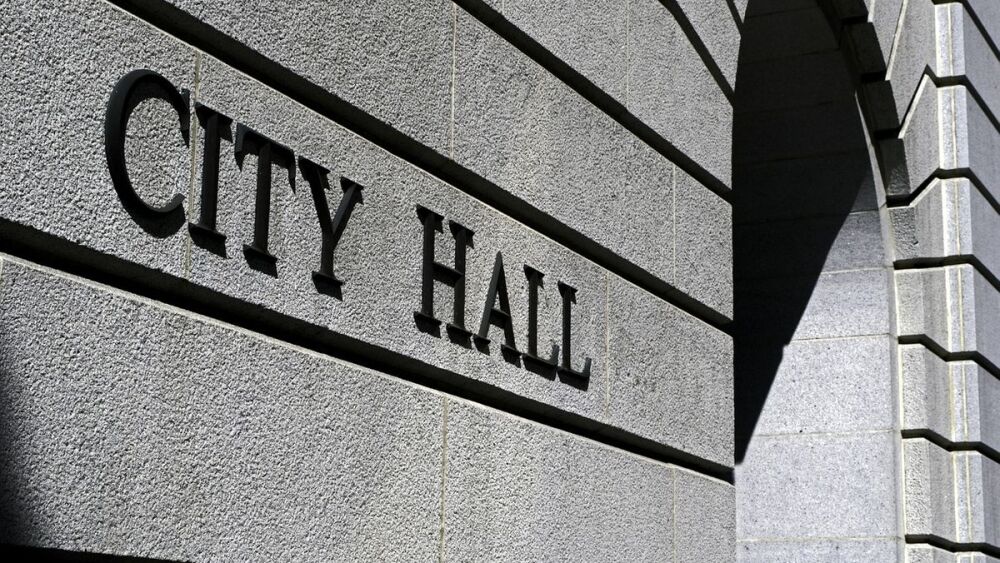By Lindsay Wise
McClatchey Washington Bureau
WASHINGTON — Why do farmers grow water-intensive crops such as corn in states with low rainfall?
Here are some of the government policies, financial pressures and other factors that encourage irrigation:
Short-term profit:
Corn is a booming, $65 billion industry in the United States, the world’s largest producer of the grain.
Most of the corn grown in America goes to fatten up livestock. It’s also used in starch, corn oil, beverage and industrial alcohol, sweeteners such as corn syrup, and fuel ethanol.
Corn’s production value is higher than that of soy or wheat, making it an attractive choice for farmers to plant. But corn also demands more water.
In western Kansas, where water is scarce, farmers can produce a good corn crop with about 20 inches of water annually.
But the region only gets about 14-16 inches of rain in a good year. During the recent years-long drought, many western Kansas counties received 5 to 7 inches of rainfall.
So farmers supplement with irrigation, pumping water from the Ogallala Aquifer, an ancient underground reservoir that spans eight states in the Great Plains.
Now the aquifer is drying up from overuse, and some farmers are starting to shift to milo, a type of grain sorghum, and other more drought-resistant crops.
But relatively high prices continue to drive up corn production in the U.S., from 84.5 million acres in 2008 to 93.7 million acres in 2013, according to a report by Ceres, a nonprofit organization devoted to mobilizing business leadership on food-chain sustainability.
The amount of water used to irrigate corn also grew during the same time period, from 15.4 million acre-feet to 17.9 million acre-feet, Ceres found.
Energy policy:
One of the reasons for high corn prices is the federal government’s requirement that all gasoline must be blended with ethanol fuel.
The federal mandate, which passed in 2007, generated another demand sector for corn, a major source of ethanol. The increased demand raised corn prices, prompting more farmers to plant it. Ethanol plants popped up across the prairie, bringing jobs and generating economic growth in rural communities.
In Kansas alone, 500,000 acres were added to corn production in the wake of the mandate, while conservation acres dropped by 700,000.
Julene Bair, author of the memoir “The Ogallala Road,” said the mandate had a devastating effect on her family’s farm in Goodland, Kan., which stopped growing mostly wheat and livestock in favor of corn.
“I watched my family farming operation go from a reliably sustainable dryland operation to a totally unsustainable irrigation operation,” Bair said. “And it’s plagued my conscience ever since.”
The federal government needs to stop underwriting corn production to save the Ogallala, Bair said.
Land values:
Irrigated land is worth more than non-irrigated land in low-rainfall regions. That’s because production is so much higher with irrigation. The Kansas Department of Agriculture estimated that irrigated fields produced eight times more corn in western Kansas in 2013, during the drought, than non-irrigated fields.
Land owners have a lot of equity sunk into those irrigated fields, the value of which drops dramatically if farmers reduce or halt irrigation.
Making matters worse, 35 percent to 40 percent of the land farmers use to grow crops in western Kansas is leased by absentee landowners, a trend that’s increasing because of the aging population of farmers, said Bill Golden, an agricultural economist at Kansas State University.
“The owners live in New York, and they say this land is worth $200 when irrigated,” Golden said. “The landlord’s attitude is you all want to stop watering your crops that’s fine, but you still gotta pay me $200 an acre. So it’s kind of a vicious cycle.”
Farmers have a choice: Fully irrigate or risk losing the lease to a neighbor who’s willing to do so.
Crop insurance:
The federal government subsidizes crop insurance for farmers across the U.S.
The policies cover farmers for losses in crop yields or revenue. Taxpayer dollars cover about 60 percent of the premium costs.
The problem is that crop insurance is only available either for fully irrigated crops or dryland crops, which are not irrigated at all.
There’s nothing in between. Farmers who want to cut irrigation to conserve water only qualify for dryland insurance policies that don’t compensate them nearly as much as an irrigated policy, should the crop fail.
A pilot program is underway in part of two counties in western Kansas to experiment with a new category of “limited irrigation,” which would cover a farmer who reduced irrigation at a proportional level.
Investments in equipment:
Modern industrial farming relies on investments in expensive equipment such as seed planters, pumps, center-pivot sprinklers, tractors and pesticide sprayers. These machines can cost five or six figures but enable just a handful of people to work thousands of acres.
Farmers often purchase the equipment using loans. To pay down the debt, they need to keep up production, which usually means irrigating.
“Bankers are saying, ‘You’ve made this investment, you can’t reduce output, you’ve got to use water,’” Golden said.
Even if that means draining an irreplaceable natural resource.
———
©2015 McClatchy Washington Bureau
Visit the McClatchy Washington Bureau at www.mcclatchydc.com
Distributed by Tribune Content Agency, LLC.


